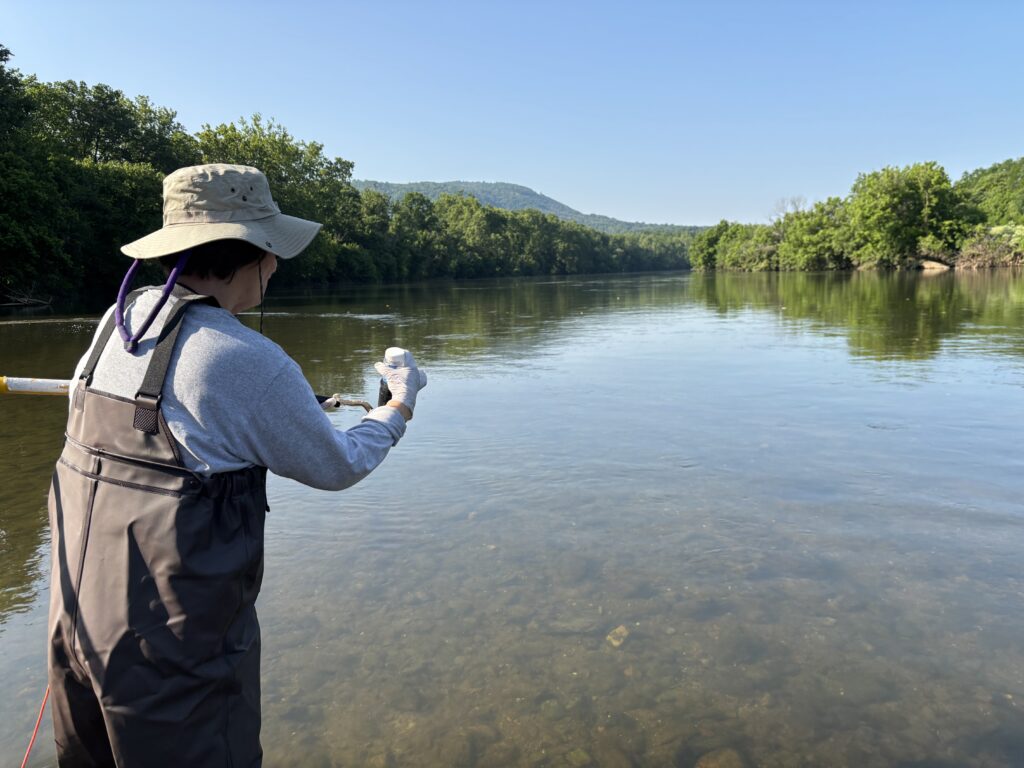
E. coli Testing Results for June 4, 2025
Did you know your donation of any amount will help continue this testing program? https://fosr.org/donate/ Good news for the Shenandoah River
The scientifically proven testing procedures implemented at our laboratory assures that quality data are being compiled.
The Friends of the Shenandoah River is a volunteer, non-profit, scientific organization dedicated to the preservation and protection of the Shenandoah River and its tributaries.

Did you know your donation of any amount will help continue this testing program? https://fosr.org/donate/ Good news for the Shenandoah River
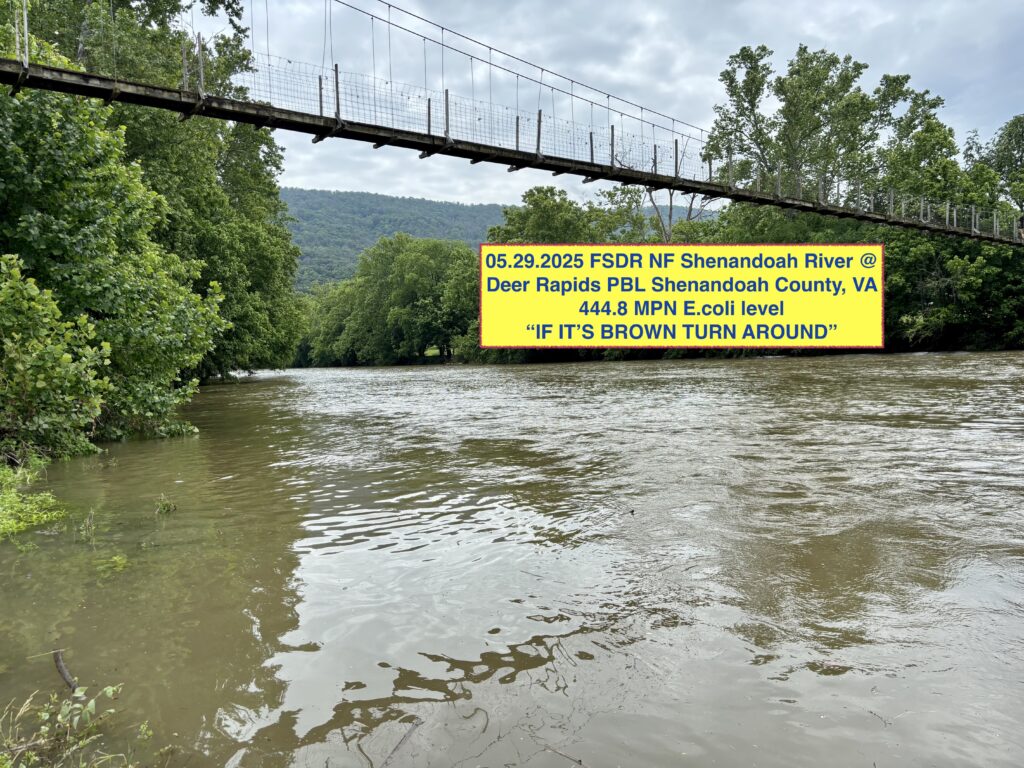
The results of the water samples collected yesterday, Thursday, May 29, show that 11 out of 14 testing sites along
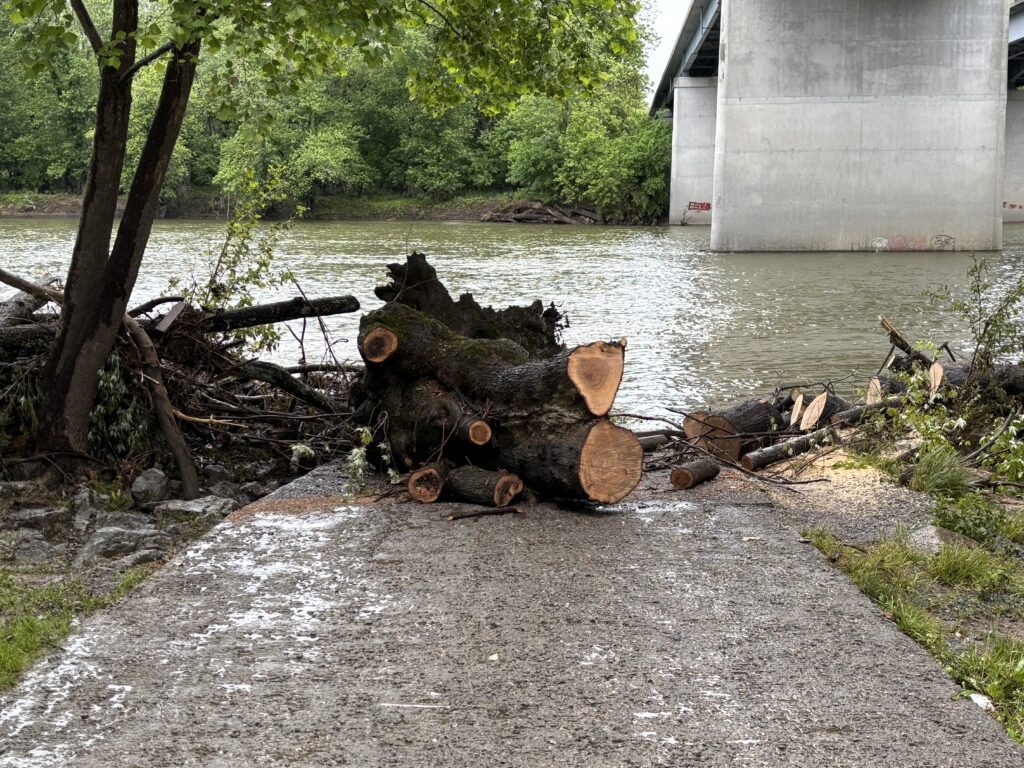
We have officially launched our 2025 Summer E. coli Testing Program! Last week’s measurable rainfall appears to have helped flush
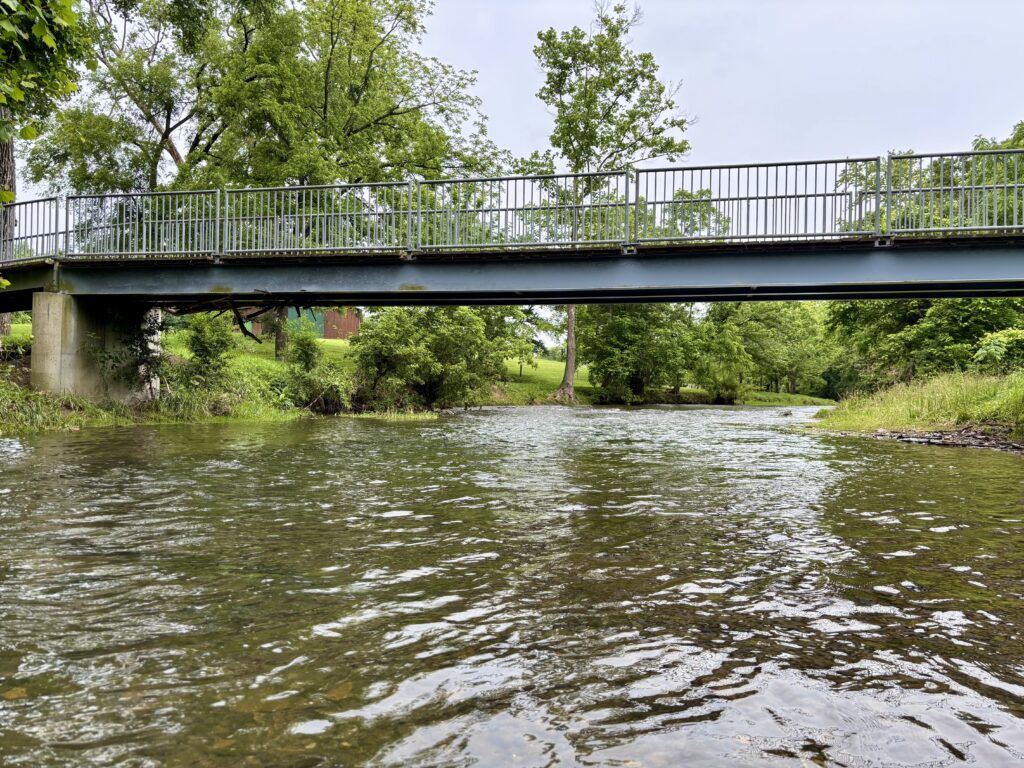
On Thursday, May 29, water testing at Hawksbill Creek at Luray-Hawksbill Greenway Pocket Park off Virginia Avenue, Page County showed

As part of our 2025 Summer E. coli Testing Program, on Thursday May 22, 2025, we have detected continued elevated
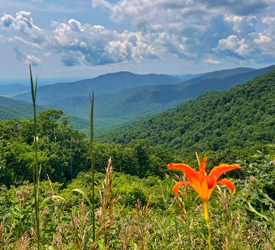
This SATURDAY April 19 from 2 – 5PM at Skyland, Delaware North in Shenandoah National Park, join Friends of the

Friends of the Shenandoah River
Attention: Karen Andersen
1460 University Drive / Gregory Hall
Winchester, VA 22601
Phone: 540-665-1286
Follow Us